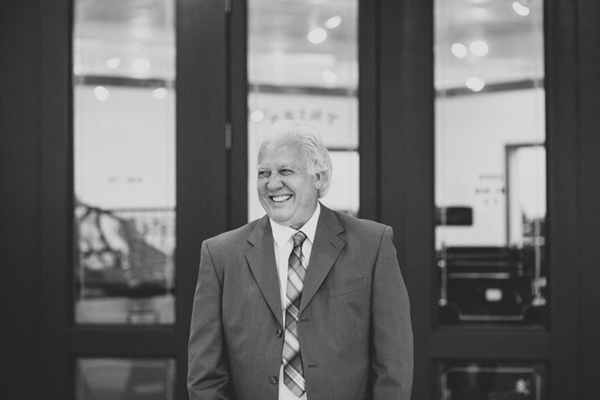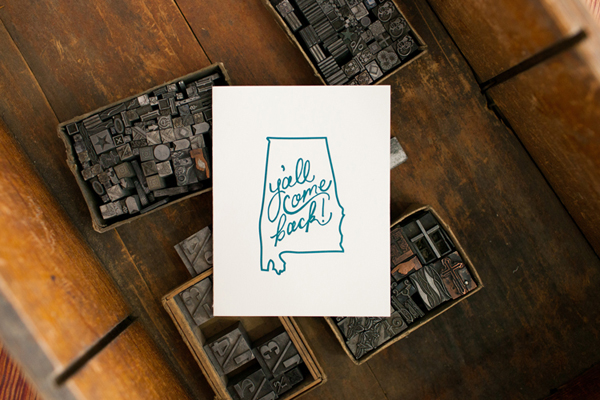David Clifford of the Canadian-based Black Stone Press recounts how he started working in printing and then falling in love with the beauty and the craft that is letterpress.
In the fifties, practically all printing was letterpress printing. In October 1951, I started my six year apprenticeship as a machine operator (machine minder), at the age of fifteen. It was at a small printer in London at the Borough near Elephant and Castle. There were three compositors setting type and in the basement, the machine room had two Wharfedales (cylinder presses), a Heidelberg Platen and a hand-fed Arab Platen. It was a little limited, fortunately, my apprenticeship agreement meant that I attended a technical school (Camberwell School of Arts) once a week to learn the trade.

After the six years had gone I worked in a few different printer shops. One of them was Ever-Ready Battery Print Works. There were about eighteen to twenty machines printing the big battery covers on card stock. Another printer specialized in cigarette cards. Roughly 1.25” x 2.5” cards, these were put in cigarette packages to make them stiffer. They were very collectible with fifty cards to a sheet printed in four-color process, one color at a time. Subjects included: butterflies, birds, flowers, sports, etc. etc. These were printed on small Dutch cylinder machines – Glockners (to get an idea of the trading cards visit this link).

In 1962, I moved to Nice, France and worked at the biggest printer in Nice: Imprimerie Meyerbeer. There were fifty to sixty workers. Presses included two hand fed big Miehles, Albert cylinder presses and Heidelberg platens. After the student riots and worker strikes in 1968, I felt it was time to move. In 1970, Vancouver, Canada was chosen. Not much letterpress printing was to be found in Vancouver, so I had to run offset presses (ugh), which have never been my favorite – too many chemicals. I spent about twenty years as a Graphic Designer and in 1996 Black Stone Press was born with one Heidelberg and polymer plates made by hand. Now there are three Heidelbergs, a Golding Platen, a Vandercook 4 and an 1846 Albion, crown size hand press.

I still work a few hours a week, but do not have the strength I had before. Sixty-eight years of printing, I am worn out. Fortunately, my daughter, Yasmine has taken over. She keeps everything running.

At the beginning, printing was just a job and I couldn’t wait to get off work. But the last thirty years I really appreciate the joy of letterpress printing.


 (photography courtesy of Linzee McCray)
(photography courtesy of Linzee McCray)











